Discover more Featured Stories like this in The Strad Playing Hub
Cellist Louise McMonagle performs Salat Babilya by Zoë Martlew. The work features on McMonagle’s new album, Ancient Modernity, which showcases pieces for solo cello from contemporary composers. The works draw on modern techniques to reinvent ancient material, including folk tunes, baroque bass lines, the sound of the Arabian oud and Gaelic psalmody.
Salat Babilya translates to ‘Babylonian prayer’ and was written by Martlew in 2008. McMonagle came across this piece during the 2020 lockdown when she was looking for solo repertoire to play alone at home.
Inspired by a modern Iraqi lullaby composed to soothe children during US bombing raids, the music channels the sound of the Middle Eastern oud through the cello, which plays pizzicato throughout.
’It’s funny to think how little time we spend working on pizzicato in the general routine of being a cellist, until a piece like this comes along,’ McMonagle told The Strad, saying she only really started to actively practise pizzicato through learning the Debussy Cello Sonata and Henze Serenade.
With such a prominent, yet seemingly neglected technique brought to the fore, what are the challenges that playing pizzicato poses in this work? McMonagle cites many: ’Creating a wide enough range of dynamics, creating ringing pizzicato harmonics by plucking nearer the bridge, achieving double stop pizzicato using two fingers but without one note overpowering the other.
’There are some fun moments where you are required to pizz with the fingernails to create a flash of harsher tone. I found doing a “flick” with the front of my nails the most effective method.
’When the bow is removed, it is interesting to notice how much we use the bow to help land shifts - we lighten the bow while shifting but the split second transition is perceptible (hopefully only to our own ears!)
’Practising pizzicato is a great way to ensure you are using the full weight and strength of your left hand fingers, and that you are landing with commitment and precision!’
In her preparation of the work, McMonagle listened to plenty of oud music to understand the inspiration behind the composition. The oud is an ancient Middle Eastern string instrument and is the ancestor of the European lute. It is pear shaped, has a short fretless neck, and has eleven or thirteen strings.
’Being fretless affords the player the opportunity to slide between notes and to bend the pitch expressively, and this technique is adopted in Salat Babilya.
’Music for oud also traditionally uses different scales than those we grow up using in Western classical music. Salat Babilya uses quarter tones which wake up your ears, and remind you of the possibilities beyond the twelve tones of traditional cello repertoire. There are some double stops where one note is from the twelve-note chromatic scale, and the other a quarter tone, which was something new for me to practise!’
With the complexities of harmony and choreography in the composition, how did McMonagle manage to memorise the entire work? McMonagle says she grew up playing folk music where nobody used sheet music from a young age - a skill that comes in useful today.
’I like playing from memory because it helps me to forget about everything else, and go into another world. In the process of learning a piece we need to understand the structure, harmonic progressions, rhythmic patterns as well as melodic phrasing.’
Ancient Modernity is out now on Delphian Records.
Read: 7 pointers for perfect pizzicato
Read: For cello, by cellists: how six new cello pieces celebrate the versatile identity of the cello
Discover more Featured Stories like this in The Strad Playing Hub
The number one source for playing and teaching books, guides, CDs, calendars and back issues of the magazine.
In The Best of Technique you’ll discover the top playing tips of the world’s leading string players and teachers. It’s packed full of exercises for students, plus examples from the standard repertoire to show you how to integrate the technique into your playing.
The Strad’s Masterclass series brings together the finest string players with some of the greatest string works ever written. Always one of our most popular sections, Masterclass has been an invaluable aid to aspiring soloists, chamber musicians and string teachers since the 1990s.
The Canada Council of the Arts’ Musical Instrument Bank is 40 years old in 2025. This year’s calendar celebrates some its treasures, including four instruments by Antonio Stradivari and priceless works by Montagnana, Gagliano, Pressenda and David Tecchler.


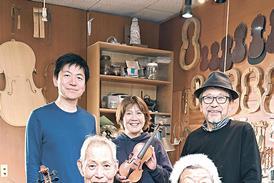
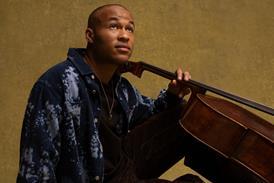
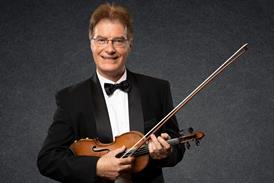

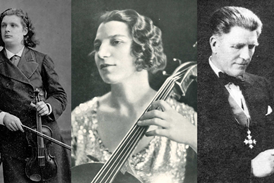


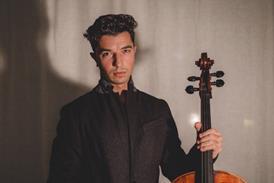
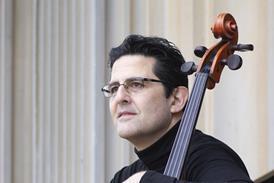
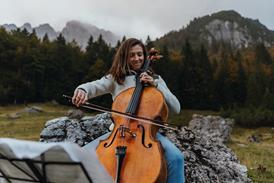
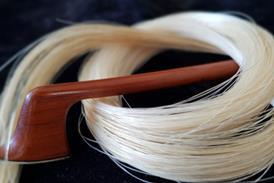
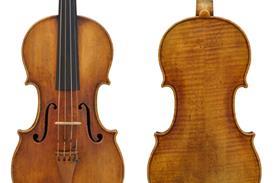
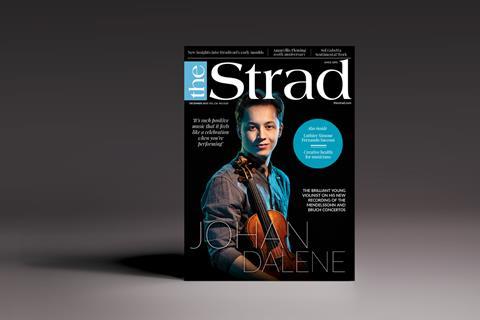
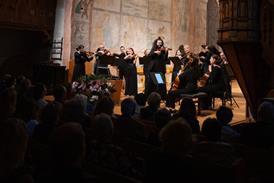

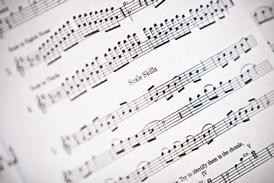
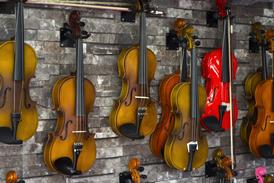

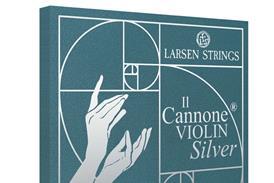
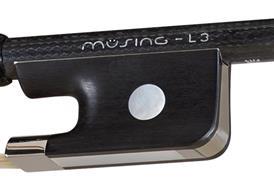
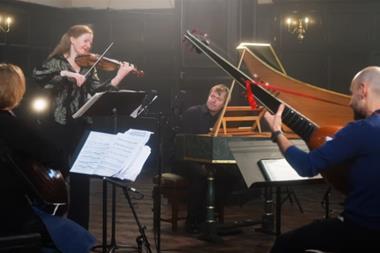
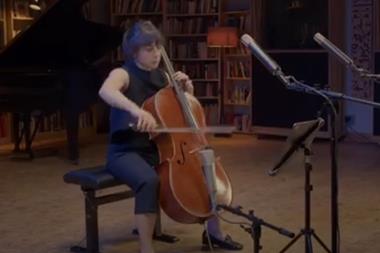
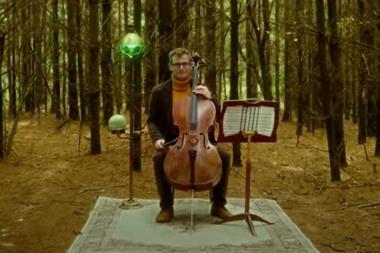
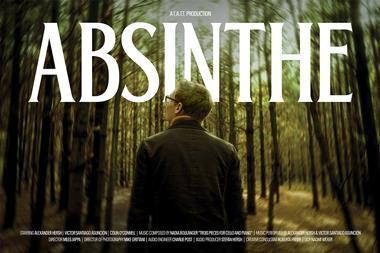
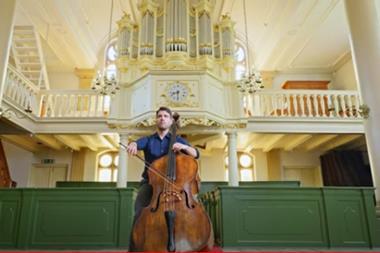
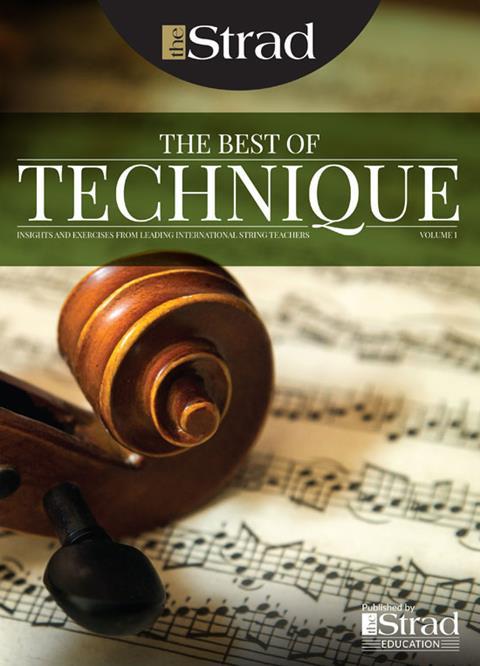
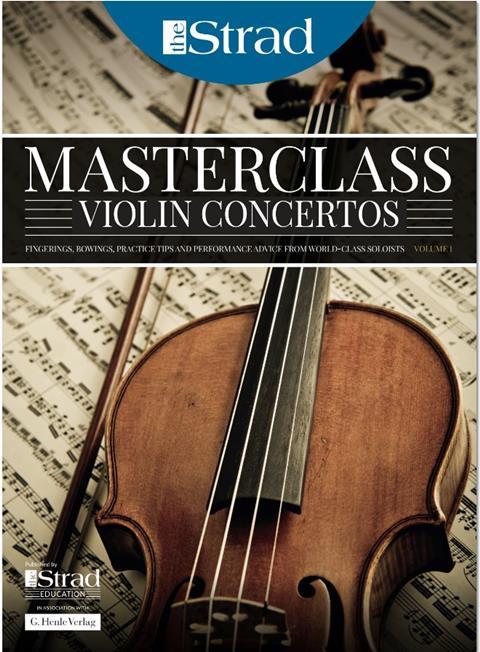
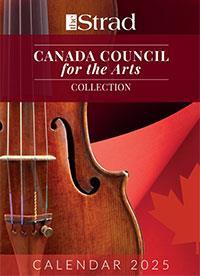
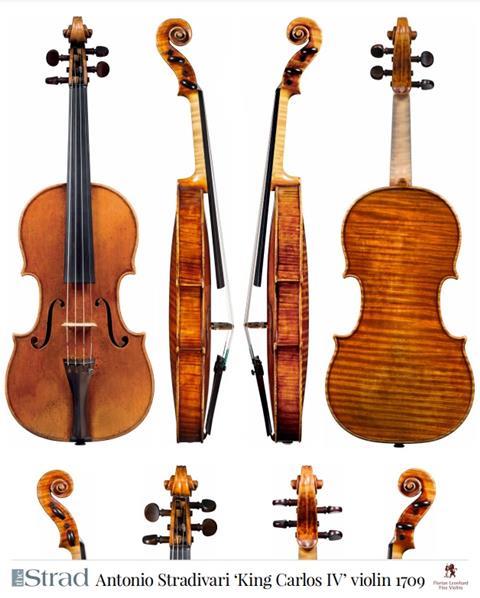
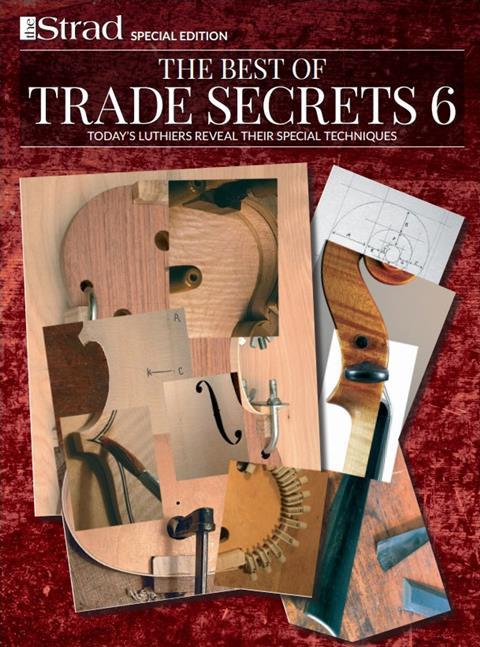
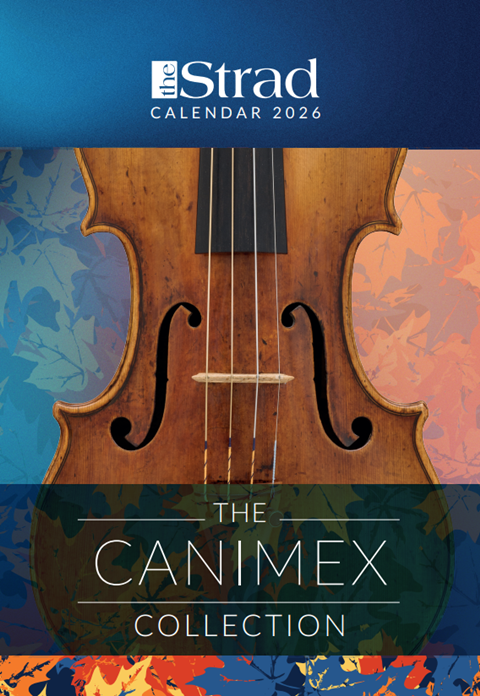
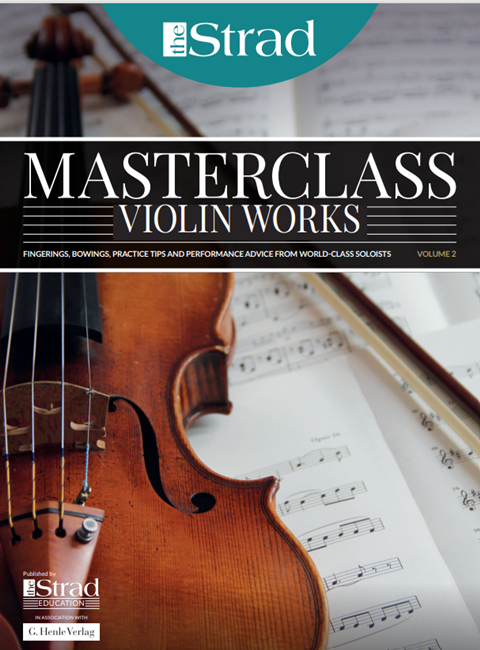
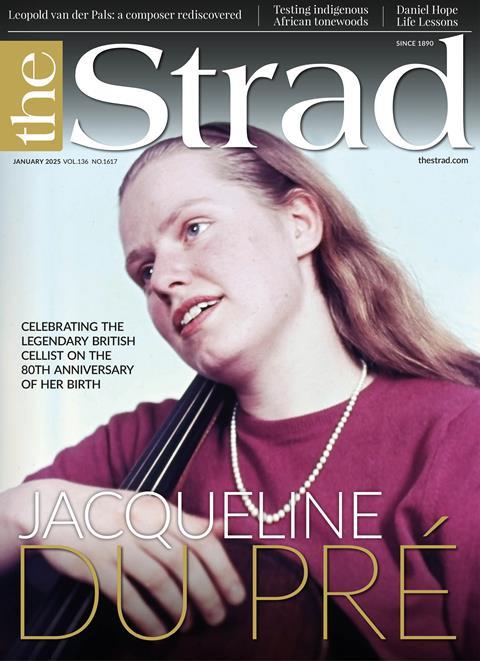
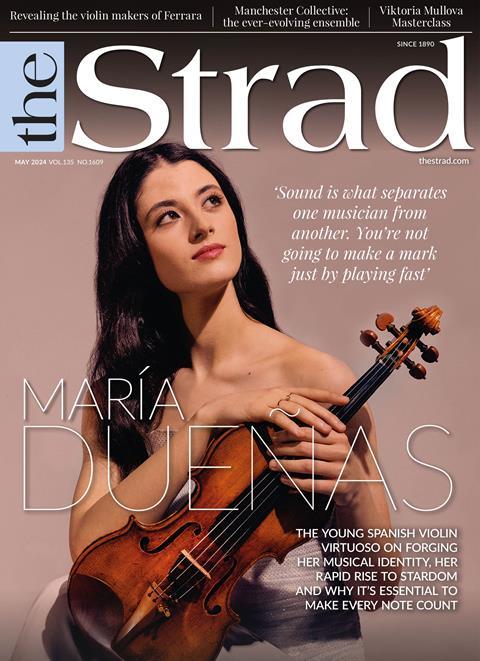
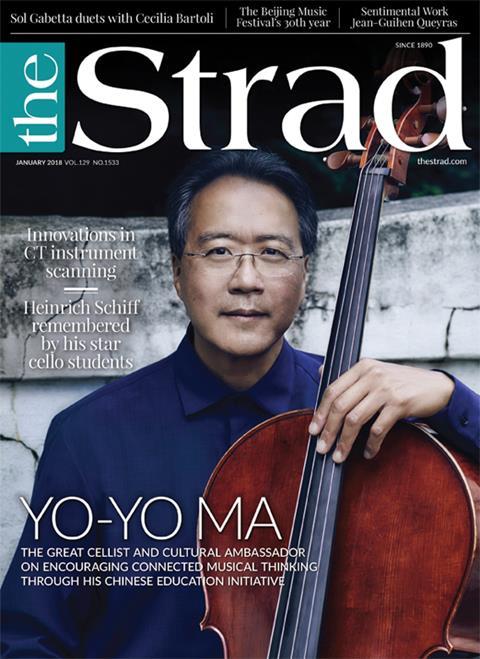

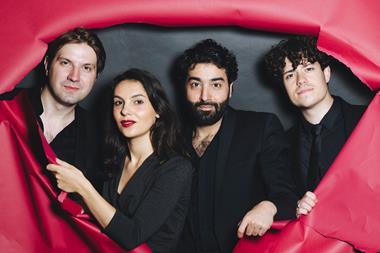

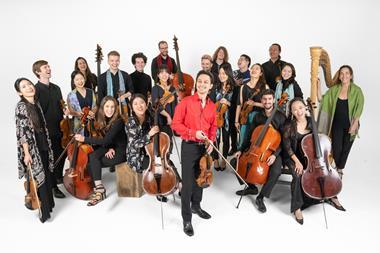
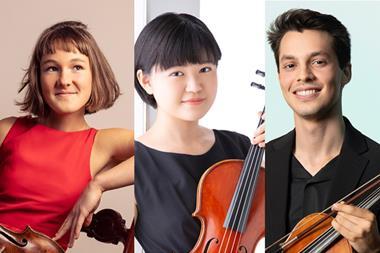













No comments yet